Optimize your signal and spectrum analyzer to address the most stringent EVM requirements
How I/Q noise cancellation can help significantly improve the EVM performance of your signal and spectrum analyzer.

How I/Q noise cancellation can help significantly improve the EVM performance of your signal and spectrum analyzer.
Your task
Recent developments in cellular and noncellular standards show a clear trend toward increased signal bandwidths and increased modulation orders. This directly affects the EVM performance requirements for the devices under test and for the test equipment. For example, the most recent version of the IEEE 802.11be standard doubled the maximum bandwidth from 160 MHz to 320 MHz and relies on modulation orders up to 4096QAM. Consequently, this standard sets the EVM limit when using a 4096QAM modulation to –38 dB, which is significantly more stringent than the limits in previous Wi-Fi® standards. Since this limit applies at the system level, the EVM requirements at the component level have to be even more stringent to ensure that the overall EVM at the system level is standard-compliant. Therefore, Wi-Fi® amplifier and chip manufacturers expect signal and spectrum analyzers with a residual EVM between –53 dB and –55 dB to ensure that they have a sufficient margin for reliable component characterization.
EVM performance requirements are also becoming more stringent in 5G over-the-air test scenarios, where the signal levels are usually very low due to high free-space path loss. The EVM performance of the signal and spectrum analyzer has to be good enough to handle these kinds of signal levels.
These requirements represent a real challenge, even for a high-end instrument with outstanding RF performance such as the R&S®FSW signal and spectrum analyzer. Demand for enhancements to improve the EVM performance is increasing considerably.
Rohde & Schwarz solution
Considering a device under test (DUT) with a reference signal (sref) at its input, the measured signal (smeas) on the R&S®FSW contains noise contributions from the signal path up to the R&S®FSW input (external contributions) and instrument inherent noise.
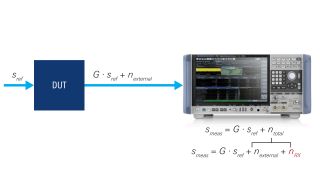

Fig. 1: Noise contributions in the measured signa
This wideband receiver noise is one of the major contributors to the residual EVM of signal and spectrum analyzers and scales up with increasing bandwidth. To remove this noise, the R&S®FSW can be equipped with the R&S®FSW-K575 I/Q noise cancellation option. This software option corrects the signal in such a way that it only contains external noise contributions (those not caused by the instrument), i.e.:

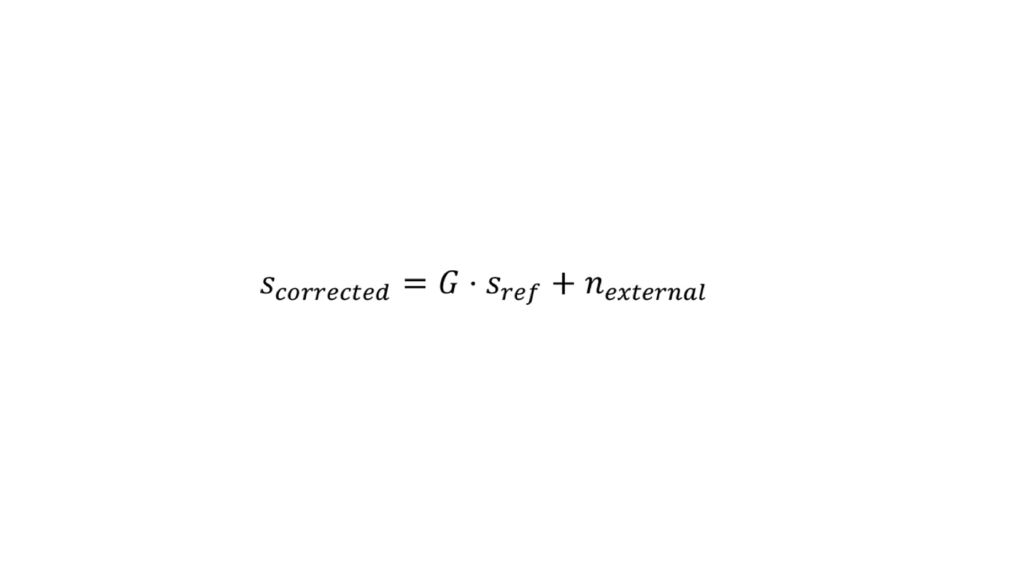
With the R&S®FSW-K575 I/Q noise cancellation option the following will be proceeded:
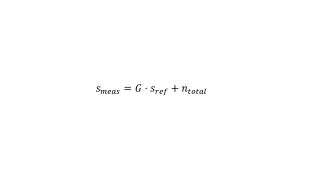
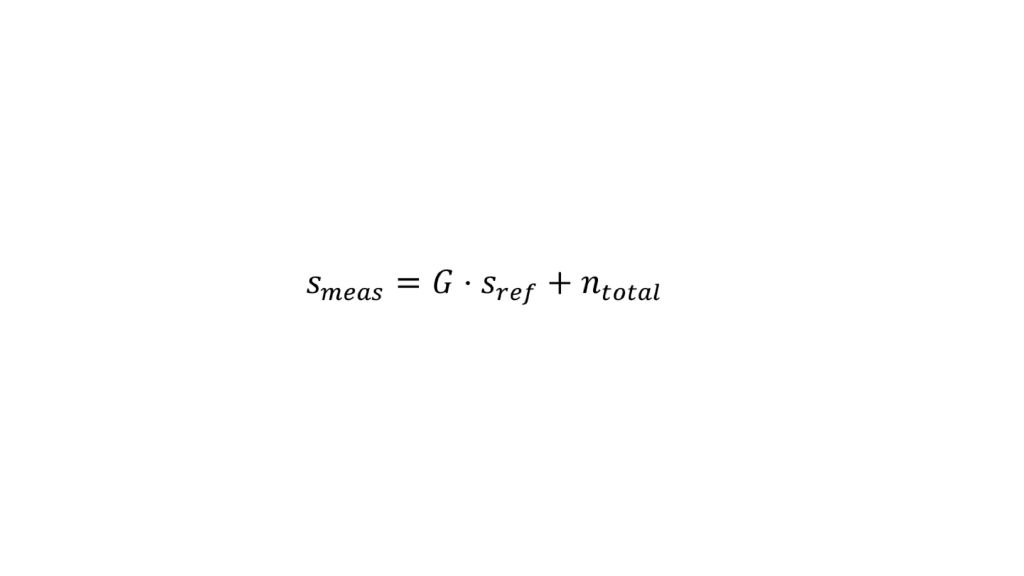
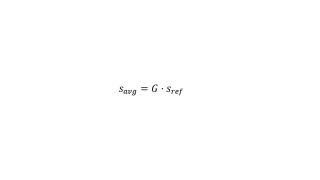

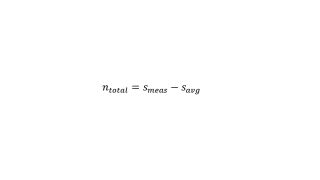
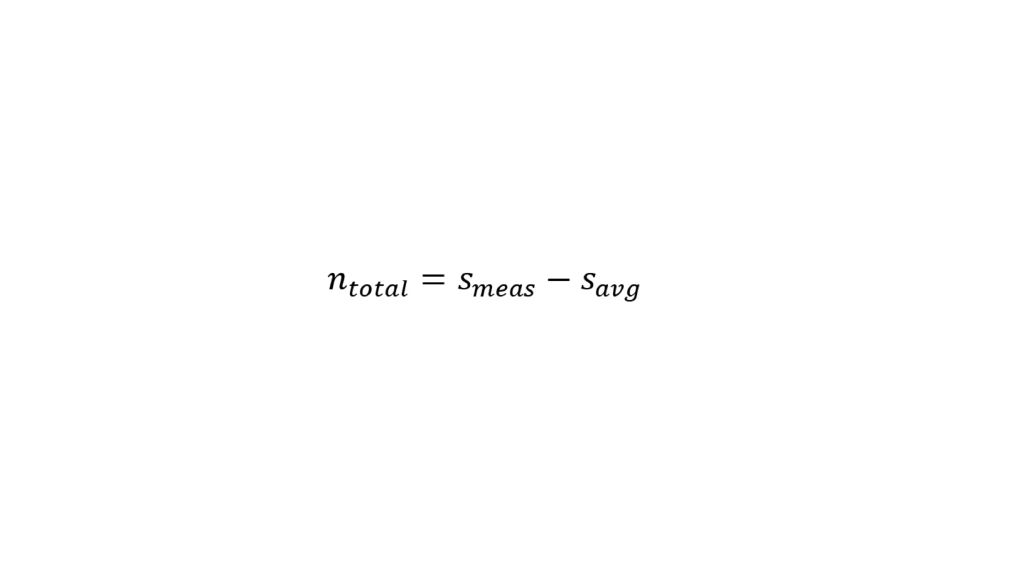

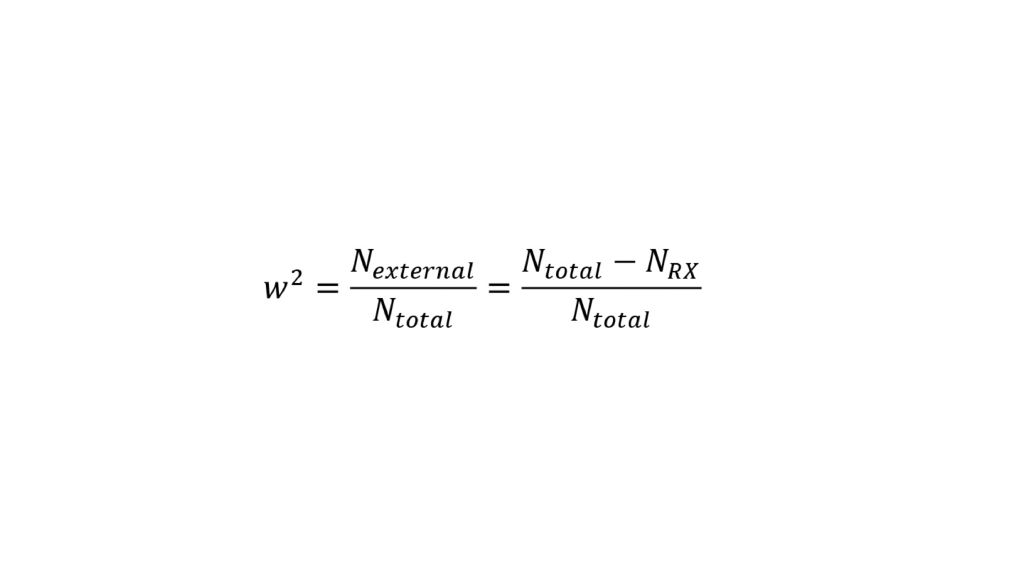
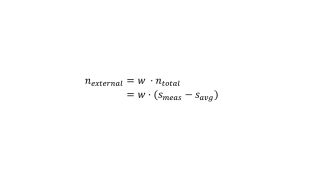
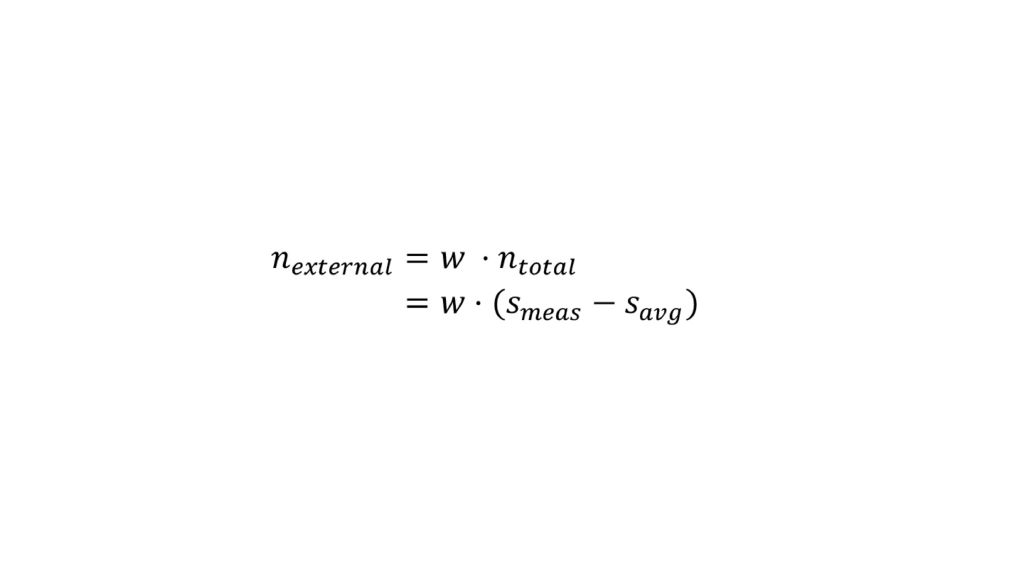
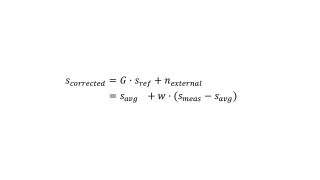
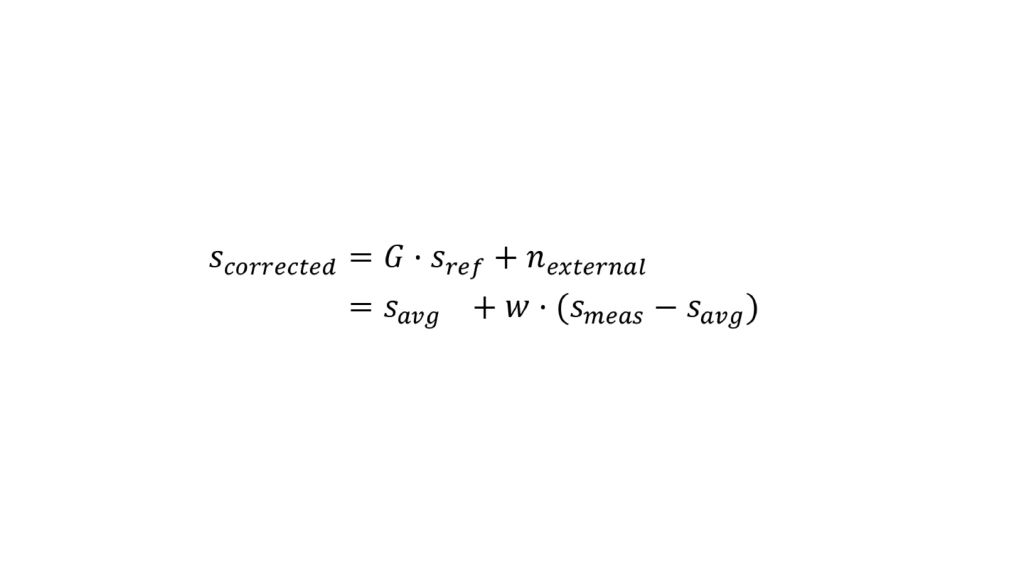
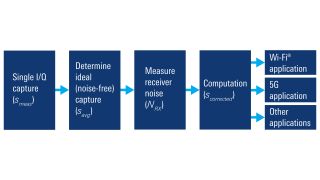

Fig. 2: I/Q noise cancellation procedure; Wi-Fi® is a registered trademark of the Wi-Fi Alliance®.
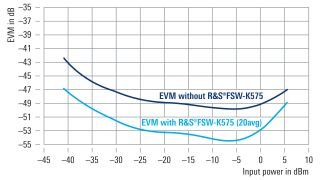
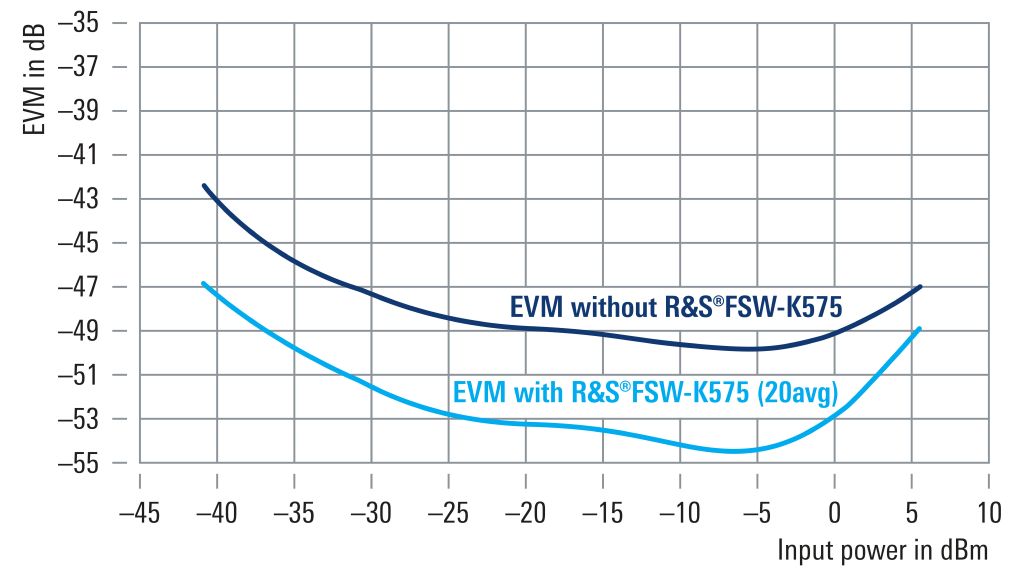
Fig. 3: Residual EVM over signal power for a 320 MHz wide IEEE 802.11be signal at 6.905 GHz (modulation order 4096QAM)
Impact on measurement results
By removing the instrument inherent wideband noise, the R&S®FSW-K575 I/Q noise cancellation option can significantly reduce the residual EVM of the R&S®FSW, especially for low-input power levels where EVM is mainly dominated by the wideband noise. Fig. 3 shows an example of the R&S®FSW residual EVM improvement for a 320 MHz wide IEEE 802.11be signal at 6.905 GHz.
In the approach outlined above, the R&S®FSW-K575 applies noise cancellation to the raw I/Q data and can provide the corrected signal to a multitude of analyzer software applications. It can therefore improve not only the EVM, but all measurements supported by these applications.
Summary
The R&S®FSW-K575 I/Q noise cancellation option helps the R&S®FSW better address the most stringent EVM performance requirements with a simple software upgrade instead of changes to the instrument’s hardware. Thanks to its generic nature, this option can be used in other measurement applications and improves all supported measurements.